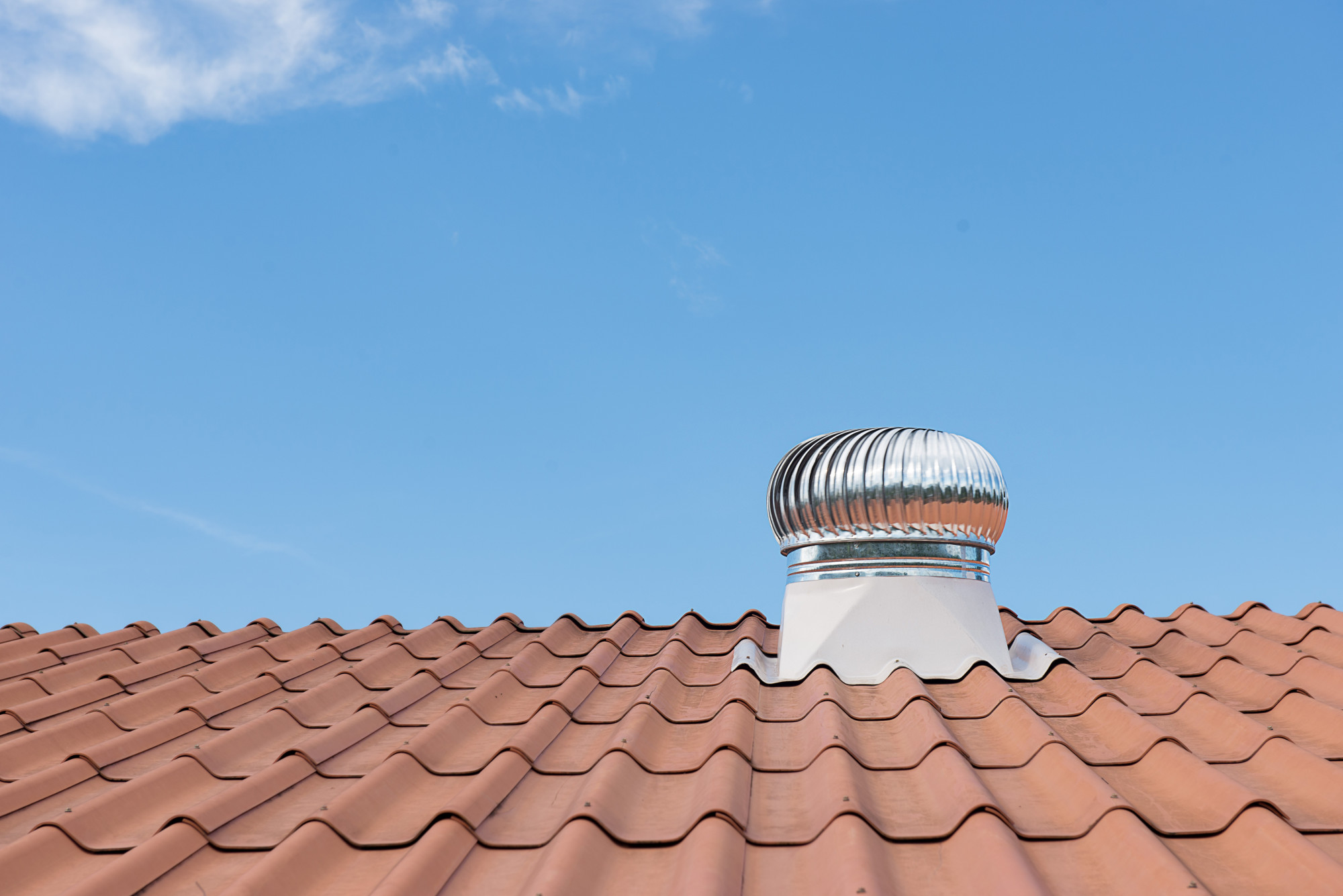
Did you know it costs an average of $5,346 to $10,546 to have your roof replaced? If you’re going to shell out this kind of money, you want to make a good decision when it comes to the types of roof shingles you choose.
Not sure about your options? You’re in the right place! Here’s the rundown of the most popular roof shingles and some pros and cons you’ll need to consider.
Asphalt
Asphalt shingles are the least expensive and most widely available type of roofing. They’re made from asphalt that’s reinforced with organic materials like cellulose or wood or fiberglass and they come in several different styles and sizes.
The best asphalt shingles will last up to 30 or more years. They’re waterproof and can withstand both snow and hail. Fiberglass roof shingles are also fireproof. The average cost for asphalt shingles is about $90 per square.
While there are many advantages, it is possible for these shingles to come loose under high winds and extreme temperature variations. However, when they’re damaged, it’s also easy to replace or re-adhere them.
Asphalt shingles are an excellent choice for homes in the Northwest and Northeast.
Pros: Very inexpensive, lightweight, wide variety of colors and thicknesses available.
Cons: Short lifespan, vulnerable to temperature fluctuations.
Wood
Cedar roof shingles are one of the most popular type of roof shingles. They can also be made from spruce or pine. Environmentally conscious homeowners often favor these shingles, as do those who are looking for a natural look.
These shingles are fairly easy to maintain (you can power wash any that are stained with mold or mildew), but if shingles are damaged, you’ll usually need to replace, rather than repair them. The cost for a wood shingle roof is about $350 to $450 per square.
These shingles are vulnerable to termites, fire, rot, and hail, so they’re not a good option for homes in hot, dry climates. They are, however, popular among homeowners in the Great Plains.
Pros: Eco-friendly, provides a rustic aesthetic
Cons: Very flammable
Metal
Metal singles are generally made from copper, steel, aluminum, or alloy. They’re extremely energy-efficient thanks to their ability to reflect light. Best of all, they’ll last anywhere from 50 to 75 years!
These shingles are resistant to fire, wind, hail, and rot. One drawback, however, is that rain makes a lot of noise when it hits these roofs. They can also be dented by hail.
You can expect to pay $265 to $375 per square for a metal roof. Since they’re lightweight and only secured with screws, most homeowners can DIY any necessary repairs. Metal roofs are ideal for homes in the Southeast and Northwest.
Pros: Long lifespan, energy efficiency
Cons: Noisy, expensive
Slate
Slate shingles are resistant to moisture, hail, and heat. It also has the longest lifespan of any option – lasting from 50 to 100 years in every climate! These can also withstand large snowfall, making them perfect for homes in the Midwest.
This option is very expensive, with an average cost of $1,100 to $2,000. Also, because they’re so heavy, not all roof structures can hold a slate roof. Any repairs will also need to be done by a professional.
Pros: Natural aesthetic, longest lifespan, low risk of leaks
Cons: Very expensive, heavy weight
Concrete and Clay
These shingles are popular because they’re fireproof and won’t fade. Concrete is also eco-friendly because it reflects sunlight and provides effective insulation from both cold and heat. They’re popular in Spanish-style homes found in the Southwest.
You can expect a concrete or clay roof to cost between $300 and $1,000 per square (clay is more expensive than concrete). These typically last 40 or 50 years or longer. It’s easy enough to repair them yourself using roofing cement, but if you need to replace shingles, you’ll likely need a professional.
Because these shingles are so heavy, you’ll usually need a reinforced roofing structure to safely hold them.
Pros: Energy efficient, non-combustible, variety of color options
Cons: Heavy weight
Composite
If you’ve heard people talk about plastic shingles or a rubber roof shingle, they’re talking about composite shingles. They may also be made of polymers. They’re very popular because they can mimic the look of wood or slate while being less expensive and countering many of the other drawbacks.
They’re mostly impact and heat resistant, and additives can give them UV and moss resistance as well. They generally last 50 or more years and the price starts at around $300 per square.
Although composite shingles look like other materials, they don’t provide the same levels of insulation. Low-quality composite shingles can absorb water, which can cause them to freeze and warp. It’s also more difficult to find roofers that are well-versed in working with composite shingles.
These shingles are very versatile and are appropriate for homes in all types of climates – provided you can find a qualified roofer to install and maintain them.
Pros: Colorfast, looks like natural materials
Cons: Expensive, difficult to find roofers experienced in working with them
Choose the Best Types of Roof Shingles for Your Home!
Now that you’re clear on the different types of roof shingles, you can weigh the pros and cons and choose the best one for your home or business. Ultimately, you’ll need to weigh your budget, the climate you live in, and the aesthetic you’re looking for before you make your final decision.
Want more ideas about improving your home and other life hacks? Browse through a few more of our blog posts!

